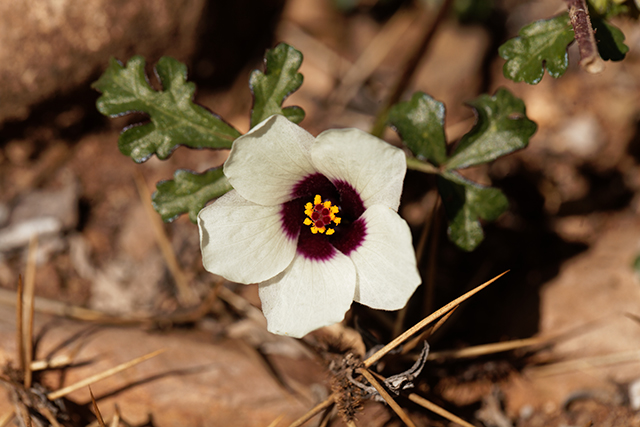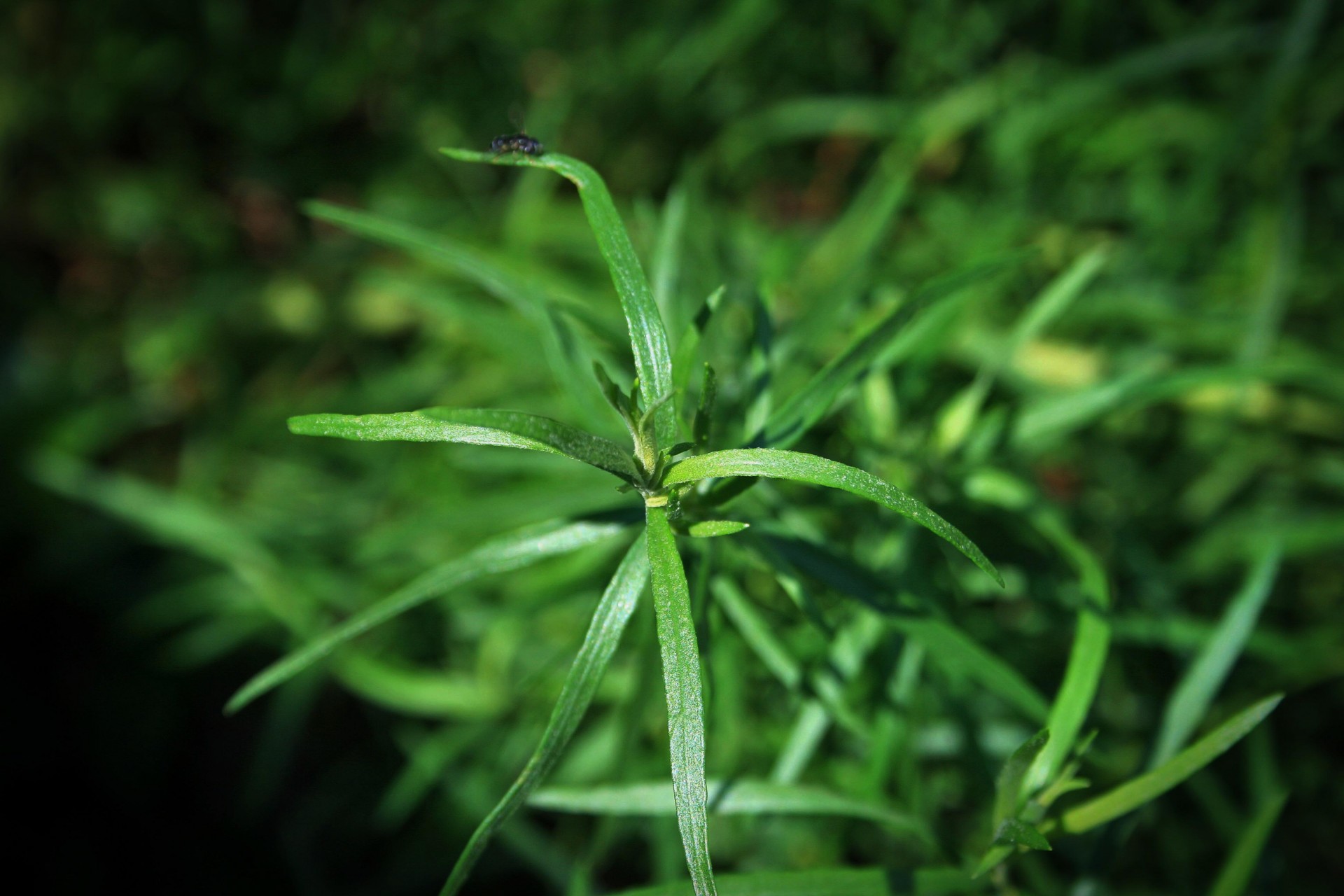With beautiful flowers and distinctive-looking hips, the rose hip (Rosa spp.), is a pseudofruit (accessory/aggregate fruit) that is part of the Rosaceae family. It is related to apples, plums, and strawberries.
Rose petals and rose hips can both be used for cooking and herbal remedies. Rose plants grow as shrubs and they are identified by thorny stems and brightly colored flowers.
The rose hip is an aggregate fruit and the hip of R. canina (dog rose) is often used as a medicinal ingredient in natural medicine. Dog roses grow on the east coast of North America, from Quebec, Canada, to North Carolina, and west to Kansas. They also grow from British Columbia, Canada, to California and east to Utah.
The dog rose has beautiful flowers and foliage, and it can produce deep red to orange rose hips. Dog rose blossoms look like classic wild rose blooms with five petals. Dog rose petals range from light pink to white.
Current clinical trials are looking into the anti-inflammatory and health-promoting properties of dog rose hips.
Rose hip is full of vitamin C, and it also contains other nutrients and bioactive compounds such as amino acids, carotenoids, essential oils, fatty acids, pectins, tannins, and tocopherols. Additionally, rose hips contain an anti-inflammatory galactolipid called GOPO.
Vitamin C is crucial for the biosynthesis of collagen, a major protein in the body’s connective tissue. According to various reports, rose hips also contain other organic acids and flavanols that can help inhibit the oxidation of vitamin C, which improves its stability and bioavailability in humans.
Rose hip seed is also rich in dietary fiber that can support the gut microbiota by enhancing nutrient absorption.
It also has carotenoids like beta-carotene, lutein, lycopene, rubixanthin, and zeaxanthin. The lycopene in rose hips can boost heart health, prevent degenerative eye conditions like cataracts, treat asthma and various cancers, and help treat the human papillomavirus (HPV) infection.
In European countries, the rose hip is a common food product. It is used in breads, desserts, and jellies. In the U.S., several indigenous peoples like the Chumash and Samish tribes use native wild rose hip (R. californica) cooked, brewed into wine, or raw.
In modern research, clinical trials are looking into the antioxidant and anti-inflammatory properties of rose hips. Most trials focus on these properties when assessing obesity and obesity-related metabolic disorders, along with arthritis and pain-related conditions.
Rose hips contain carotenoid, GOPO, polyphenol, polyunsaturated fatty acid (PUFA), and vitamin C. Studies are exploring the use of these contents for various anti-aging activities. For example, oral rose hip supplementation has significantly influenced the depth of crow’s feet wrinkles, elasticity, and skin moisture content. The results are comparable to a comparison group which used astaxanthin, a carotenoid that is popular as an anti-aging agent. (Related: 10 Benefits of Rosehip Oil for Skin and Hair.)
Recipe for rose hip jam
When choosing or harvesting roses for consumption, keep in mind that ornamental roses sold in flower shops, grocery stores, or nurseries, are usually exposed to pesticides. Avoid chemical exposures by purchasing organically grown roses for culinary or medical use.
When harvesting rose petals or hips, gather them from a location with no history of pesticide use or run-off. Avoid gathering rose hips from the side of a road or an unknown garden.
Follow this easy recipe to make nutritious rose hip jam that can help boost your immunity.
Ingredients:
- 1 cup dried and de-seeded rose hips
- 1 1/2 cups fruit juice of choice (such as apple, cherry, or pomegranate)
- 1 teaspoon grated orange zest
Steps:
- Combine the rose hips and fruit juice in a medium pot. Let the mixture boil.
- Reduce the heat and let the mixture simmer for at least four to five minutes, then remove the pot from the stove and cover.
- Transfer the mixture to a container and refrigerate overnight.
- After refrigerating, combine the rose hip/juice mixture and orange zest in a food processor or blender. Puree until smooth.
Read more articles about the various medicinal uses of rose hips at Healing.news.
Sources include:
CMS.HerbalGram.com
GardeningKnowHow.com




















